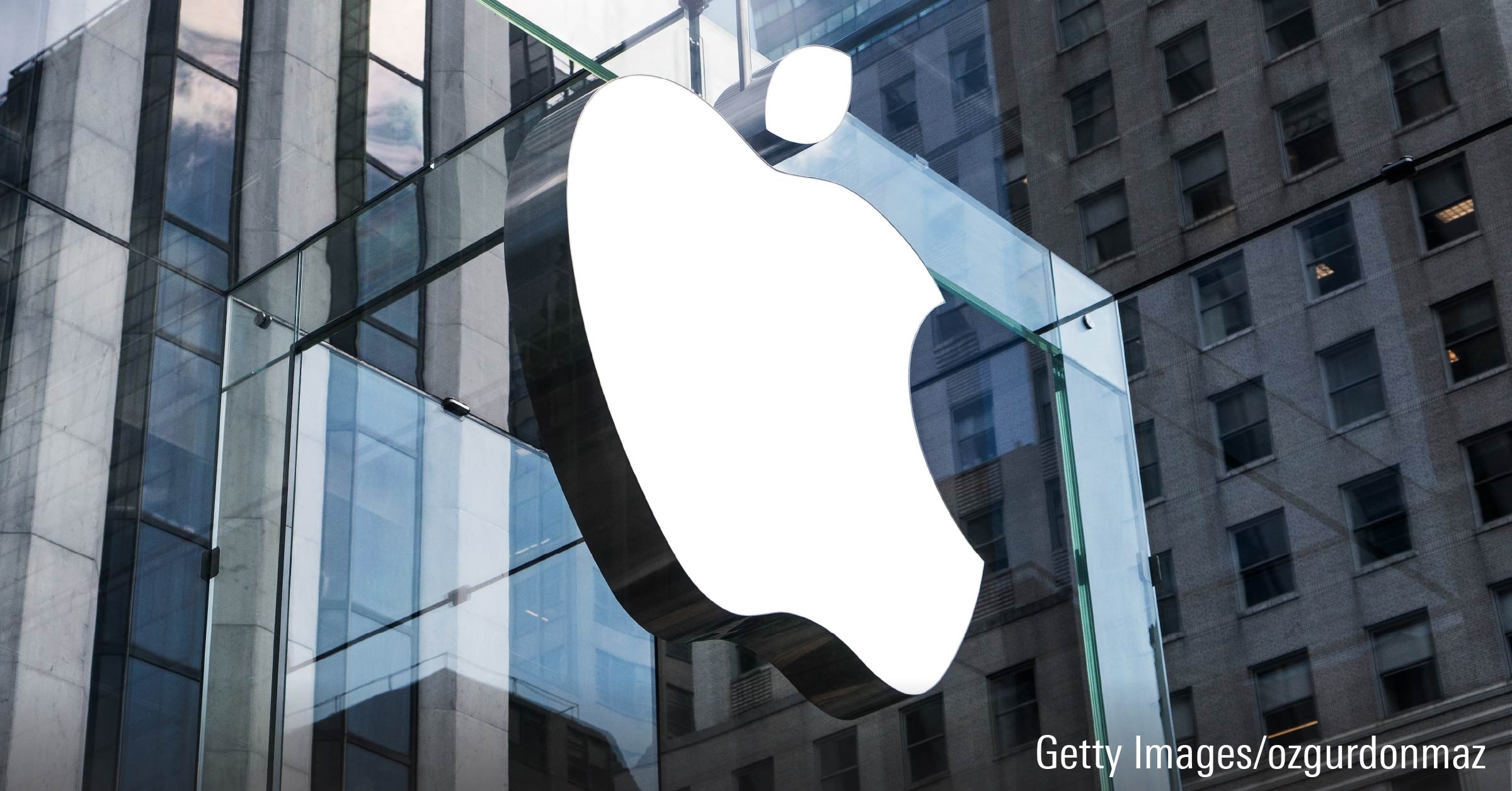At this point you've probably heard that May 2013 was a bad month for bonds. With the exception of the shortest-dated debt, Treasury bond yields rose across the maturity spectrum by similar amounts; the 10-year note gapped out roughly 50 basis points during the month. With a few exceptions, longer-maturity Treasuries naturally lost more than their shorter cousins. The losses incurred were some of the sharpest suffered over a single month in a long time. The Barclays U.S. Treasury Index tumbled 1.7%.
If you've been listening to the pundits, meanwhile, you also probably know that ![]() PIMCO Total Return (PTTRX) suffered losses last month; it fell 2.15%. Interestingly, the fund's outsized pain didn't trace to its increased stake of conventional Treasuries from the month before, but mostly to a long-standing, long-maturity allocation to Treasury Inflation-Protected Securities (and a bit to the fund's 8% emerging-markets allocation). At the same time, the Barclays Aggregate U.S. Bond Index fell 1.8%, while the average intermediate-term bond fund bettered both with a 1.6% loss.
PIMCO Total Return (PTTRX) suffered losses last month; it fell 2.15%. Interestingly, the fund's outsized pain didn't trace to its increased stake of conventional Treasuries from the month before, but mostly to a long-standing, long-maturity allocation to Treasury Inflation-Protected Securities (and a bit to the fund's 8% emerging-markets allocation). At the same time, the Barclays Aggregate U.S. Bond Index fell 1.8%, while the average intermediate-term bond fund bettered both with a 1.6% loss.
More Than Meets the Eye
In fact, there's more to the May story than just Treasuries. Some of the most credit-sensitive--and therefore more yield-rich--sectors were cushioned from that market's influence, and Barclays' high-yield index dropped only 0.58% for the month. Lost in the headlines, however, is that, in addition to TIPS, higher-quality corporate bonds also endured particularly hefty losses: The firm's U.S. corporate-bond benchmark actually fell even more than its Treasury counterpart with a 2.3% loss.
There's some interesting nuance to those numbers. The yield spread between the Corporate and Treasury indexes actually contracted by a few basis points during May, suggesting that investors weren't making a statement that corporate bonds were any less desirable than Treasuries. On the other hand, it does help highlight the fact that the high-quality corporate-bond market is plenty sensitive to interest-rate moves. In part that's because the corporate-bond market skews to longer-maturity issuance than the Treasury market currently does. But it also highlights that corporate yields have come in so close to Treasuries' in recent years that their fortunes have for now become intertwined. In fact, that "yield spread" is now tighter than at any time since before the financial crisis.
Back in the Day
As you can see from the chart below, the Treasury and Corporate indexes have years of history during which their returns--and directions--were closely linked. Things cracked a little in the early part of the 2000s but really broke apart in 2007 when financial-crisis worries began sending the two sectors in opposite directions. They've converged again for stretches since the crisis but have otherwise shown a lot of independence, as in 2012, when their return gap was a healthy 783 basis points.

- source: Morningstar Analysts
What this chart of annual data doesn't show is that the returns of the two indexes have again converged over the past several months. The indexes' returns have been highly correlated for the year to date through May 31 and were separated by only 33 basis points, as compared with big 2012 gap.
That's a reminder that despite--or, in fact, because of--the fat overall returns for corporate bonds since the financial crisis began to soften in early 2009, high-grade corporate bonds have since become a lot more of what they once were, modest providers of excess yield, but also with considerable interest-rate exposure. It is therefore worth taking a good look at your portfolio and eyeballing just how much of your credit exposure comes in the form of high-quality corporate bonds. A large number isn't necessarily bad, but, at least for now, it doesn't appear to offer much diversification from Treasuries, either.
Eric Jacobson is a Senior Fund Analyst on the active funds research team with Morningstar.






.png)










